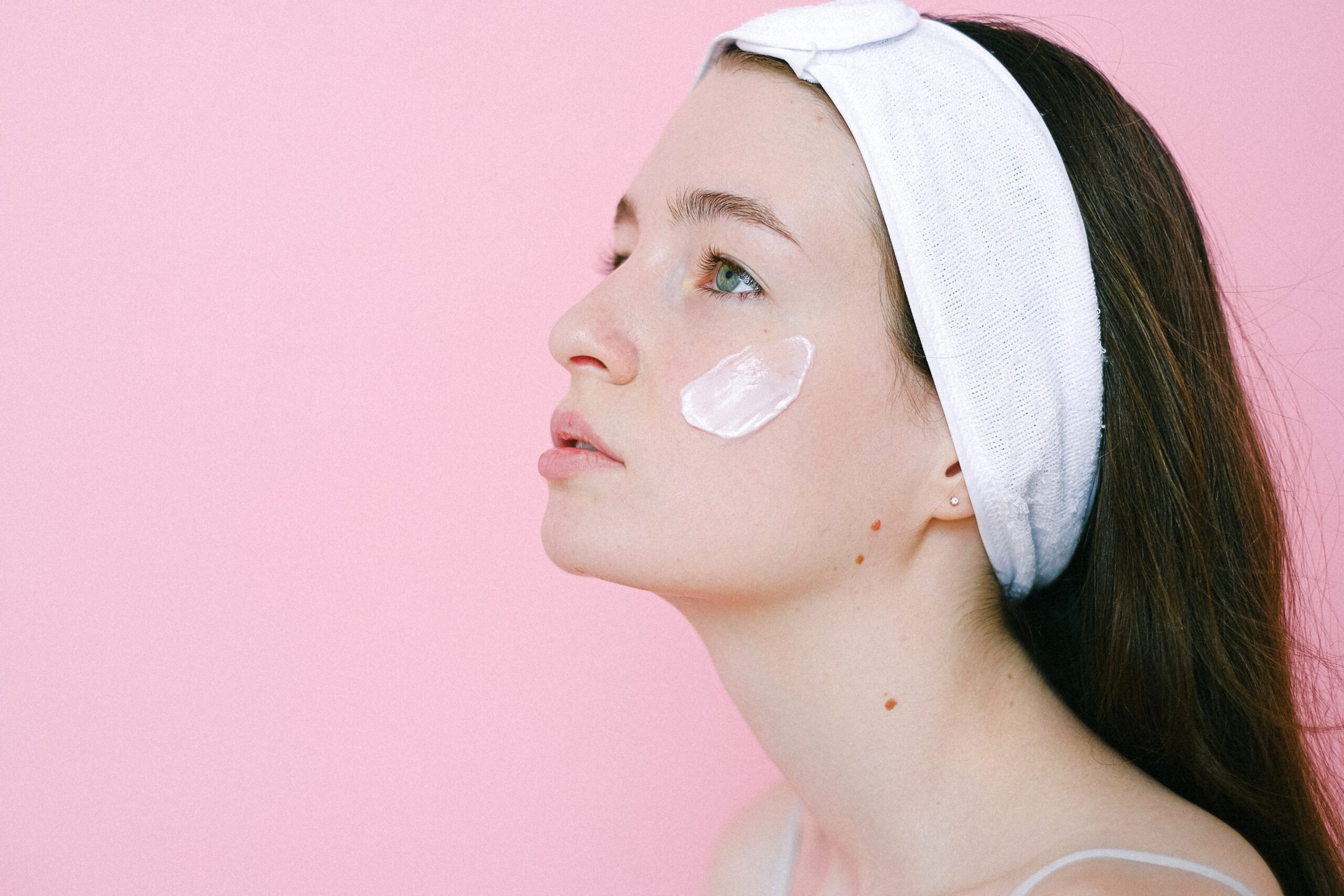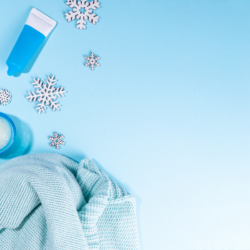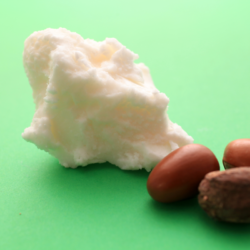Every day,the skin is exposed to a variety of aggressions caused by the vagaries of the weather. The most recurrent during the winter period are chapped skin. Even though they are only small , superficial cracks, they are very annoying. What’s more, they have the unfortunate tendency to hurt a lot, especially when they come into contact with the icy wind. In this article, you’ll discover the best ways to keep your skin in top condition and avoid chapping during the winter.
What is chapping?
When you get chapped skin, it means there’s a break in your skin’s barrier. This break is generally caused by excessive dryness, where the skin loses its moisture and elasticity. The loss of moisture makes the skin rigid and susceptible to cracking under tension or bending. These cracks can affect different layers of the skin, from the surface (epidermis) to deeper layers, sometimes causing pain and discomfort. Environmental factors such as cold and wind often exacerbate this problem.
Apply moisturising oils to the skin
The epidermis dries out quickly when it comes into contact with the cold, leading to tightness and cracking. To overcome this problem, it’s important to moisturise regularly. A good moisturiser like Cerave Moisturising Face and Body Balm can help prevent and treat chapping. However, the use of moisturising oils is more advisable. As well as being gentle, they leave a protective film on the skin. You can opt for sweet almond, argan, jojoba or avocado oils. Place a few drops in your hands to warm up, then rub and apply to your face and body. To moisturise your lips, use plant butters such as shea or cocoa. Known for their softening and smoothing properties, these are perfect for preventing chapped lips. In short, it’s essential to look after your skin barrier so that it can continue to fulfil its mission: to keep your skin healthy, even in cold weather.
- A comprehensive study on almond oil, published in 2021, explores its chemical composition, extraction methods, storage conditions, potential health benefits and safety. The study highlights that almond oil is a rich source of poly- and monounsaturated fatty acids, principally oleic acid, as well as tocopherol and phytosterols, which are important for skin health. (1)
- Another updated review on the efficacy and benefits of sweet almond oil, as well as evening primrose and jojoba oils in skin care applications, indicates that these oils are effective ingredients for strengthening the integrity of the skin’s stratum corneum, improving its recovery and lipid ratio. This review also highlights the importance of the quality and stability of these oils in cosmetic formulations. (2)
Eat foods that improve blood circulation
In winter, the body gives priority to warming up the vital organs. It sends all the blood it needs to keep them warm and functional. As a result, less blood reaches the extremities of the body: the fingers, nose, toes and especially the skin. The result is cracked skin. To remedy this, you need to increase your body temperature. All you need to do is follow a suitable diet. In other words, eat and drink hot! Go for hot drinks: herbal teas, tea, soups, etc. Dare to add spices to your dishes: ginger, cayenne pepper, garlic, chilli pepper, etc. Don’t forget to eat foods rich in B vitamins: almonds, cheese, seafood, eggs, etc. By following this diet, you’ll improve your blood circulation while making your skin more supple.
In fact, specific studies have revealed the benefits of certain foods on blood circulation. Cayenne pepper, thanks to its capsaicin, can relax vascular muscles and stimulate the release of nitric oxide, a vasodilator. Beetroot, a rich source of nitrates, promotes conversion into nitric oxide, thereby reducing blood pressure. Walnuts, particularly rich in alpha-linolenic acid (a form of omega-3), improve vascular health and thin the blood. Similarly, oily fish, rich in omega-3, contributes to better blood circulation and lower blood pressure.
Hydrate daily
Drinking enough water can help prevent chapping by keeping the skin hydrated. When skin is sufficiently hydrated, it is more supple and elastic (did you know that collagen supplementation can improve skin elasticity? ), which can reduce the risk of cracks and chapping. Chapping is often caused by dry skin and severe weather conditions, so drinking enough water can help keep the skin hydrated and prevent these conditions. It is recommended that you drink around 8 glasses of water a day to maintain good hydration. It’s important to note that drinking water isn’t always enough to prevent chapping. It’s also important to protect the skin from aggressive external factors, use moisturisers and creams that are suitable for the skin and consult a doctor or dermatologist if chapping persists.
In addition, a systematic review of the literature published in “Skin Research and Technology” studied the effect of fluid intake on skin hydration in healthy humans. The results suggest that an increase in water intake may slightly improve hydration of the stratum corneum and ‘deep’ skin, particularly in individuals with an initially low water intake. The study also observed a reduction in clinical signs of skin dryness and roughness, as well as a slight increase in skin elasticity and extensibility. (4)
Natural remedies for chapped skin
In the fight against winter chapping, natural remedies offer a gentle and effective alternative. Among them, essential oils, aloe vera and honey stand out for their beneficial properties for the skin.
Essential oils for chapped skin
Essential oils are renowned for their therapeutic properties, particularly in skin care. To treat chapped skin, certain oils stand out:
- Coconut oil: This is exceptionally moisturising and creates a protective barrier that helps retain moisture in the skin. What’s more, its antibacterial properties protect chapped areas from infection.
- Almond oil: Rich in vitamins E and A, it nourishes and softens the skin, helping to heal chapped skin.
- Jojoba oil: Its composition is similar to the skin’s own sebum, making it an excellent option for deep, natural hydration.
It is important to dilute essential oils with a carrier oil (such as almond oil) before application to avoid skin reactions.
Aloe vera
Aloe vera is a must in the world of natural skin remedies. Its soothing and moisturising properties make it an excellent choice for treating chapped skin. Aloe vera gel, applied directly to the skin, provides immediate relief. It reduces inflammation, nourishes the skin and speeds up the healing process. What’s more, aloe vera is suitable for all skin types, including sensitive skin.
Honey and other natural products to treat chapped skin
Honey is another precious ally against chapping. Its antibacterial and moisturising properties help to heal the skin while protecting it from infection. Raw honey, applied in a thin layer to the affected areas, can act as a healing balm.
Other natural products, such as shea butter and cocoa butter, are also effective in moisturising and repairing the skin. They contain essential fatty acids that help restore the skin barrier and prevent moisture loss.
By incorporating these natural remedies into your skincare routine, you can effectively prevent and treat chapped skin over the winter, while enjoying the benefits of nature.
How can I prevent chapping?
Here’s a summary table on preventing chapping:
| Preventive measure | Description |
|---|---|
| Moisturising the skin | Use moisturising and protective creams, especially in winter and in harsh weather conditions. |
| Internal hydration | Drink enough water to keep your body and skin hydrated. |
| Protection against the cold | Wear gloves, scarves and clothing that covers your skin well when it’s cold. |
| Use a humidifier | Use a humidifier in dry environments to maintain air humidity. |
| Avoid prolonged hot baths | Limit the time spent in hot water, which can dehydrate the skin. |
| Use mild soaps | Choose moisturising, gentle soaps to avoid drying out the skin. |
| Eat a healthy diet | Eat foods rich in omega-3 and antioxidants to support skin health. |
This table offers practical advice to help prevent chapping, focusing on hydration, protection and proper skin care.
When should you consult a doctor?
Although many cases of chapping can be treated at home with natural remedies and a good skin care routine, some situations require the intervention of a health professional. It’s important to be able to recognise the signs that indicate that medical attention is needed.
Signs of infection
Chapped skin, especially deep chapped skin, can be vulnerable to infection. Here are some signs to look out for that could indicate an infection:
- Persistent redness and worsening inflammation: If the area around the crack becomes increasingly red and inflamed, this may indicate an infection.
- Increased pain and warmth: Increased pain and warmth around the affected area are often symptoms of infection.
- Discharge of pus or fluid: The presence of pus or a clear or yellowish liquid leaking from the crack is a clear sign of infection.
- Fever or chills: These general symptoms may indicate that the infection has spread beyond the skin.
- Swelling or tightness: Excessive swelling around the chapped area may be a sign of infection.
If you notice one or more of these symptoms, it is crucial to consult a healthcare professional for appropriate treatment.
Severe chapping
In some cases, chapping can become so severe that it requires medical attention, especially when :
- Cracks don’t heal: If, despite treatment, the cracks show no sign of improvement after a week, it’s advisable to consult a doctor.
- Extreme pain: Cracks that cause intense, constant pain may require medical treatment.
- Reduced mobility: If the chapping affects the mobility of the affected area, such as the fingers or lips, and hinders daily activities, you should seek medical advice.
- Frequent bleeding: Cracks that bleed regularly or keep reopening often require medical assessment to avoid further complications.
In these situations, a healthcare professional can assess the severity of the chapping, suggest appropriate treatments and possibly prescribe medication to speed up healing and prevent complications. Don’t ignore these signs, as prompt intervention can prevent more serious problems.
References
- https://pubmed.ncbi.nlm.nih.gov/34056853/
- https://pubmed.ncbi.nlm.nih.gov/34957578/
- https://pubmed.ncbi.nlm.nih.gov/29392767/





